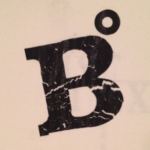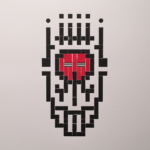Scholarship: Creative Work Award Winner
George Garrastegui
Assistant Professor
New York City College of Technology, CUNY
The Works In Process (WIP) podcast is a series of conversations with creative individuals that explore the evolution and techniques behind their latest projects— highlighting, exploring and possibly demystifying the creative process. This podcast is a way to discover, and really uncover the process that goes behind the work that creatives do. Speaking to designers, artists, writers, and other creatives professional, we discuss their process through candid conversations. It is the way they work and their projects that are the inspiration.
Launched in August 2017, the podcast uses the interviews as an avenue to investigate the rigor, repetition, and muscle memory of various creative fields, not the outcome. The initial purpose of the podcast is to uncover a strategic approach. Using the conversations to highlight the breakthrough moments of each guest. This unmasks the perfection myth that is supported by curatorial online platforms. The illusion of perfection is a disadvantage to the emerging creative professional and it devalues the importance of the concept and focuses only on the execution.
The Works in Process podcast attempts to broaden the scope of what is process and how its embraced. Thus transforming the attention to the evolution of the concept, rather than its stylistic approach. Moving forward, the goal is to break down each episode, and extract similarities. Similarities of technique, mind-state and ways of addressing their projects. This synthesis can become a resource beyond the audio. WIP looks to highlight the creative individuals’ contribution in various forms: from case studies to in-depth articles, to panels discussions and workshops.
As a culture, we choose to like, heart, share, or comment but rarely do we sit back and appreciate the real work—the process. The Works in Process podcast wants to create a shift in the conversation, and change the focus—slowly.
Creativity is never complete, it’s always a process.
Works In Process (WIP) – http://wip.show/
George Garrastegui is a passionate educator, designer, and a creative catalyst. A native New Yorker, who looks to the city’s rich history and culture for inspiration for his work. With an extensive background in publishing and marketing, he has crafted creative solutions for Popular Mechanics, Esquire, Cadillac, and Ford. When not teaching creative strategy at CUNY’s NYC College of Technology, George focuses on projects that initiate and discuss the creative process and has turned that passion into a podcast: Works in Process. He believes that you are not a designer because it’s your job, you are a designer because it’s who you are.

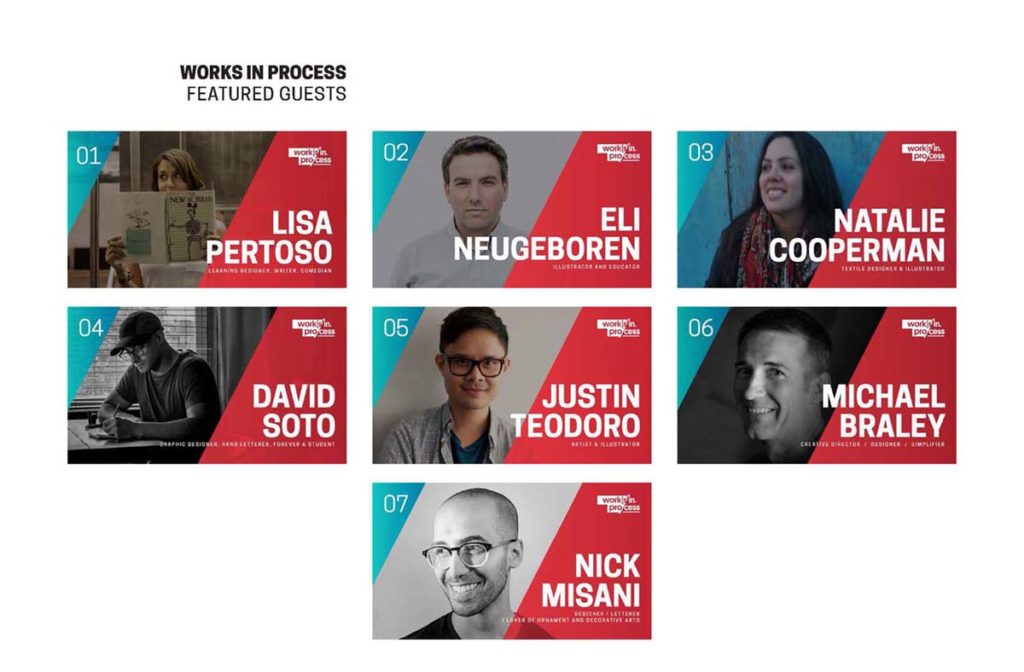
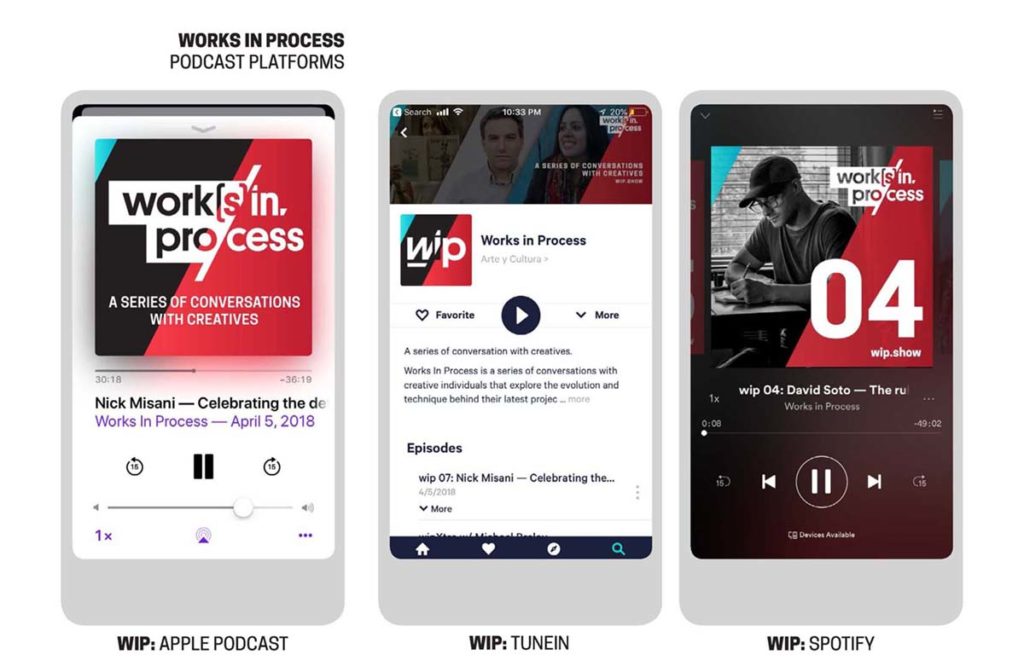
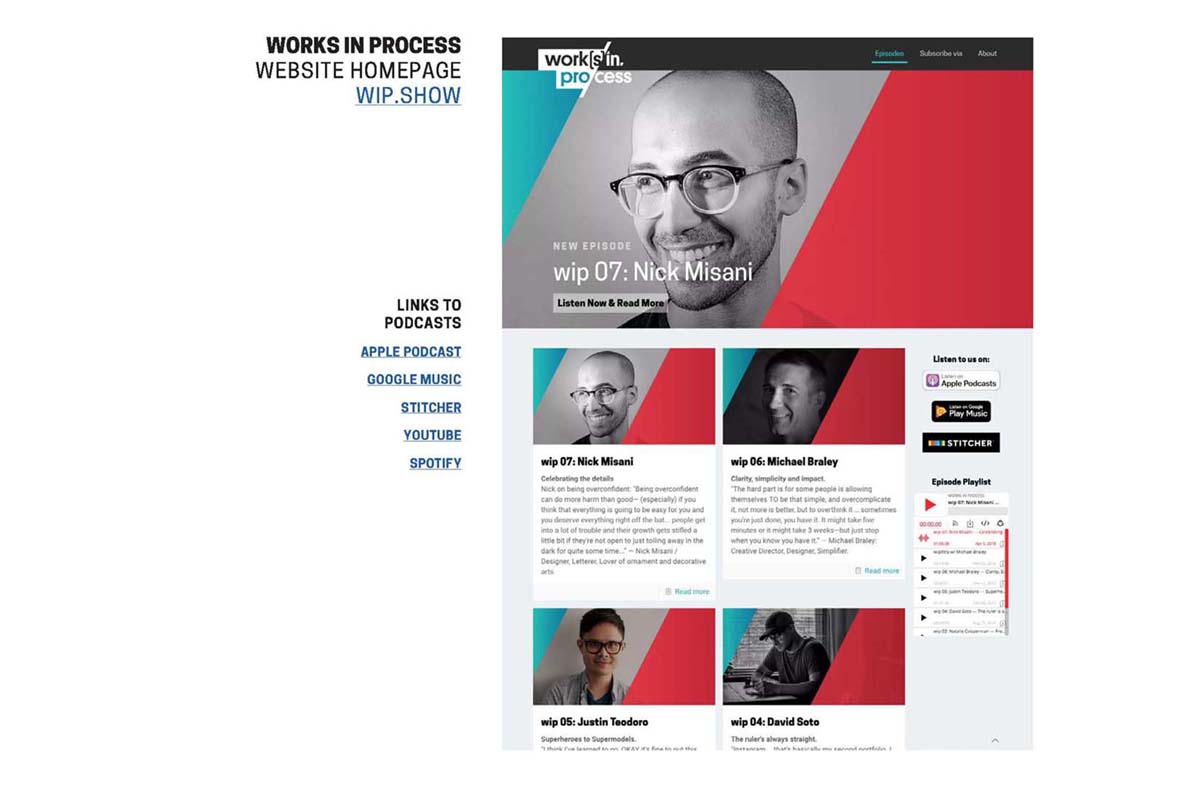
Recipient of recognition in the Design Incubation Communication Design Awards 2018.

